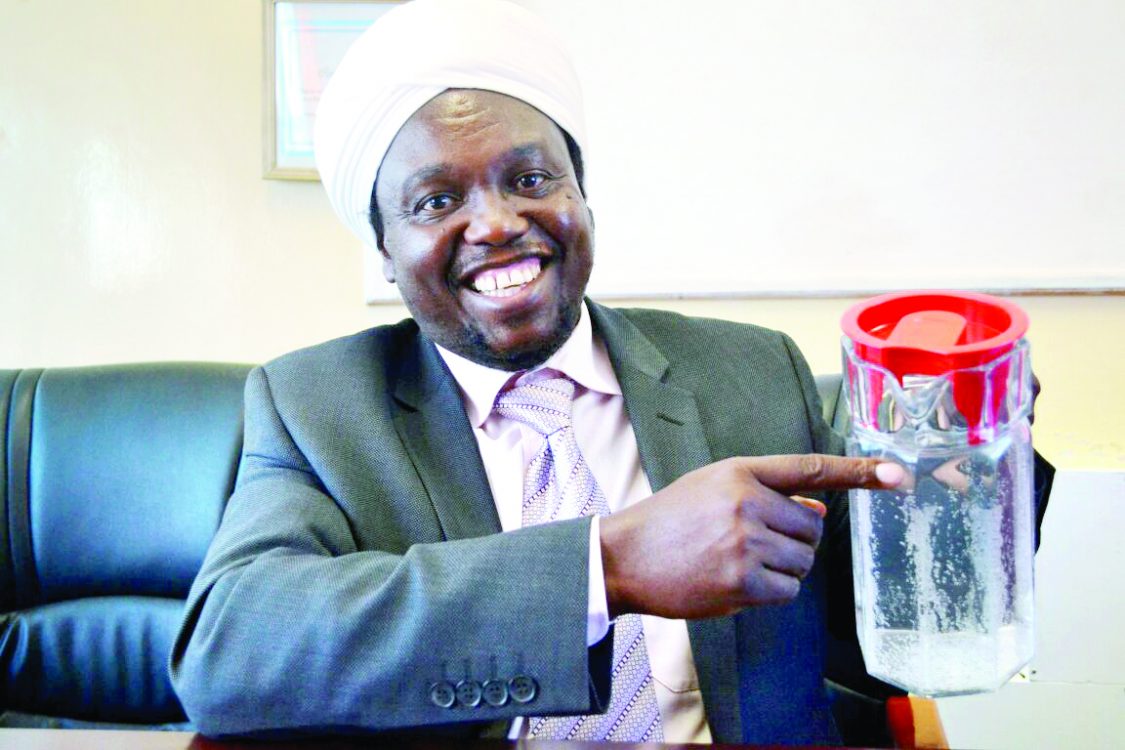Water shortage a hindrance to Thika attaining city status

Water scarcity has been termed as a major drawback in efforts to upgrade Thika town to City status.
Municipality’s water service provider, Thika Water and Sewerage Company (Thiwasco), has been struggling to meet the growing demand for the vital commodity.
Thiwasco managing director Moses Kinya says there is a demand of 75,000 cubic meters against the water company’s production capacity of 39,000. He attributed this to drastic population increase, revival of factories and opening of new ones in Kiambu’s main industrial hub.
Speaking during an annual stakeholders consultative meeting in the town, Kinya blamed the water challenge for delayed expansion of the company’s water production plant. “The last production expansion systems, were carried out in 1991 when the town’s population was relatively low. To be able to achieve the planned City status, there is need to increase the water production capacity,” said Kinya.
This, alongside dilapidated infrastructure that was established in the 1950’s, has been blamed for hurting water provision and as a result, consumers thrive on rationing.
However, Kinya talked of plans to inject 20,000 cubic meters of water per day to the busy town through the Sh24 billion Karimenu Dam 2 project.
Besides, the company is eying further access to safe water and sanitation once the Danish International Development Agency (Danida) Sustainable Infrastructure Finance (DSIF) Sh 11 billion project is completed.
High maintenance
The project which is expected to make the town water-safe up to 2042 is estimated to provide an additional 36,000 cubic meters of water per day and the raw water will be transported to a 20,000 cubic-meter treatment plant via a linear pipeline and then distributed to area residents. “The old infrastructure has contributed to high maintenance costs with regular breakdowns that often result in stoppage of water supply. Coupled with this is the high cost of inputs including chemicals and pipes whose prices have gone through the roof due to inflation,” stated the MD.
Further, the MD noted that the company has been struggling to foot its electricity bills with 17 per cent of the firm’s total revenue generated being used to pay for power alone.















